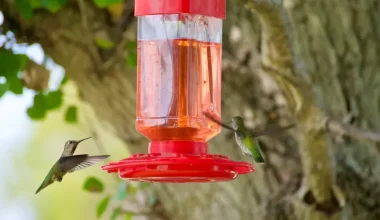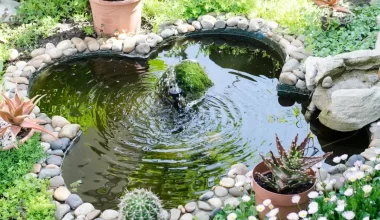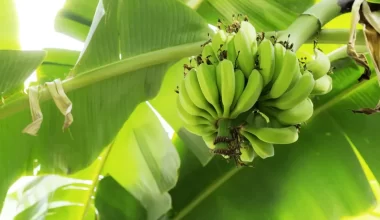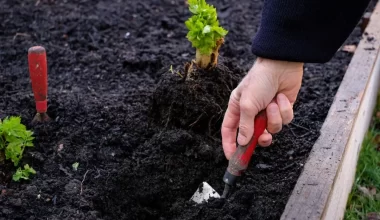Posted on Nov 29, 2023 at 11:59 am by James A
The oleander (Nerium oleander) is a Mediterranean plant that brings a touch of exoticism and color to our gardens.
But this beautiful plant has a formidable enemy: the cold. To allow it to spend the winter in serenity, it is essential to properly prepare your oleander by protecting it from frost and performing appropriate pruning. In this article, we will give you all the tips for successful wintering of your oleander and provide it with adequate pruning before the arrival of winter.
When and how to winterize an oleander?
Wintering of the oleander should start as soon as temperatures begin to drop below 5°C, usually between October and November depending on the region. Here are the steps to follow for successful wintering:
- Choose a sheltered location: The oleander should be placed in a location where it will be protected from wind, cold drafts, and frost. Ideally, choose a place with temperatures ranging from 5°C to 10°C, such as a veranda, an unheated garage, or a cold greenhouse.
- Water moderately: During wintering, the oleander should be watered less frequently and less abundantly than during the growth period. Make sure the substrate is never completely dry, but avoid excess water to prevent diseases and rot.
- Monitor for pests: Winter is a favorable period for the appearance of certain pests, such as mealybugs. Regularly inspect your oleander and treat it if necessary.
- Repot if necessary: If your oleander is in a pot, take advantage of this period to repot if necessary. Choose a slightly larger pot and add a mixture of potting soil and sand to ensure good drainage.
What is the appropriate pruning for the oleander before winter?
Pruning your oleander before winter prevents branches from breaking under the weight of snow or frost, while promoting better flowering in spring. Here are our tips for successful pruning:
- Prune after flowering: The best time to prune your oleander is between September and October, just after its last flowering. Avoid pruning too late, as the new shoots could be weakened by the cold.
- Remove dead or damaged branches: Start by removing dry, broken, or diseased branches using a sharp and disinfected pruner. Do not hesitate to cut down to the base if necessary.
- Shorten the main branches: Then cut the main branches to reduce their length by about one-third. This operation will give a harmonious shape to your oleander and promote branching.
- Thin out the center: To improve air circulation and light penetration in the center of the oleander, remove some of the secondary branches located in the middle of the plant.
By following these tips, you will give your oleander every chance to have a serene winter and reward you with a magnificent flowering as soon as the beautiful days return. Remember that this plant requires special attention during this period, so do not hesitate to regularly observe its condition and intervene if necessary to ensure its good health.









